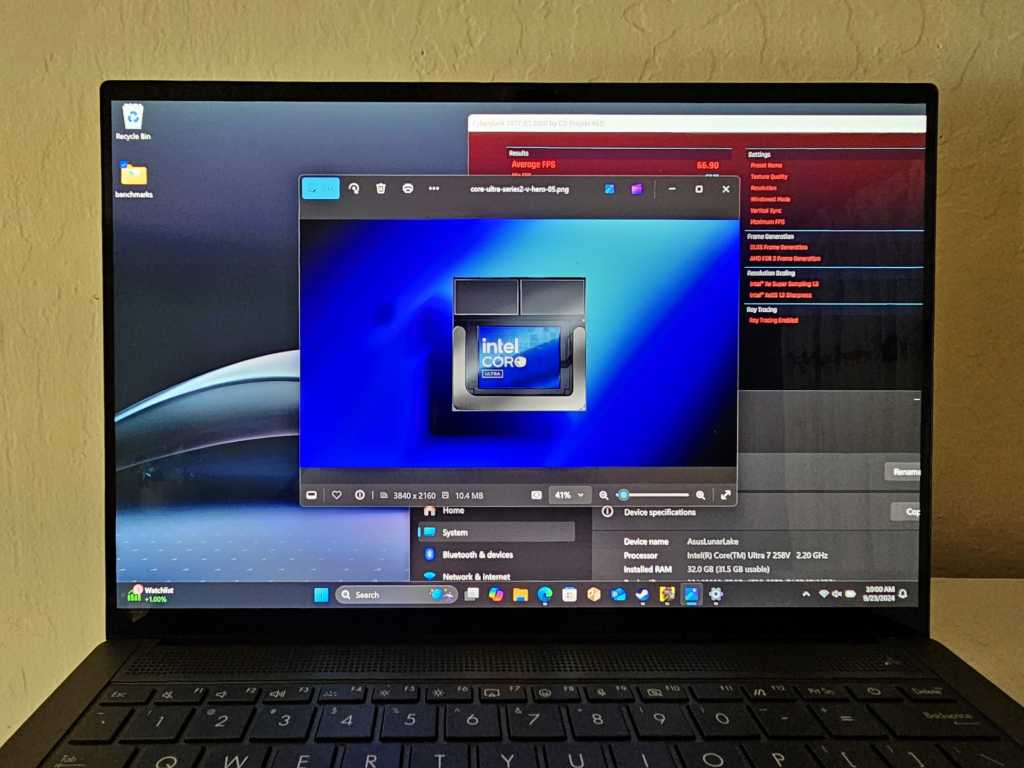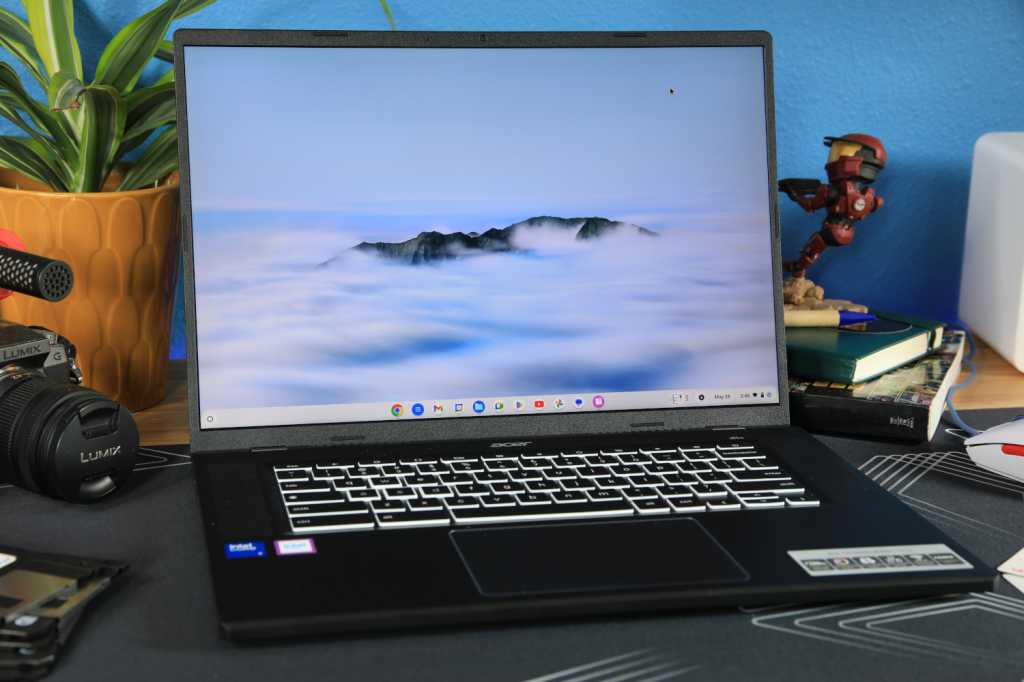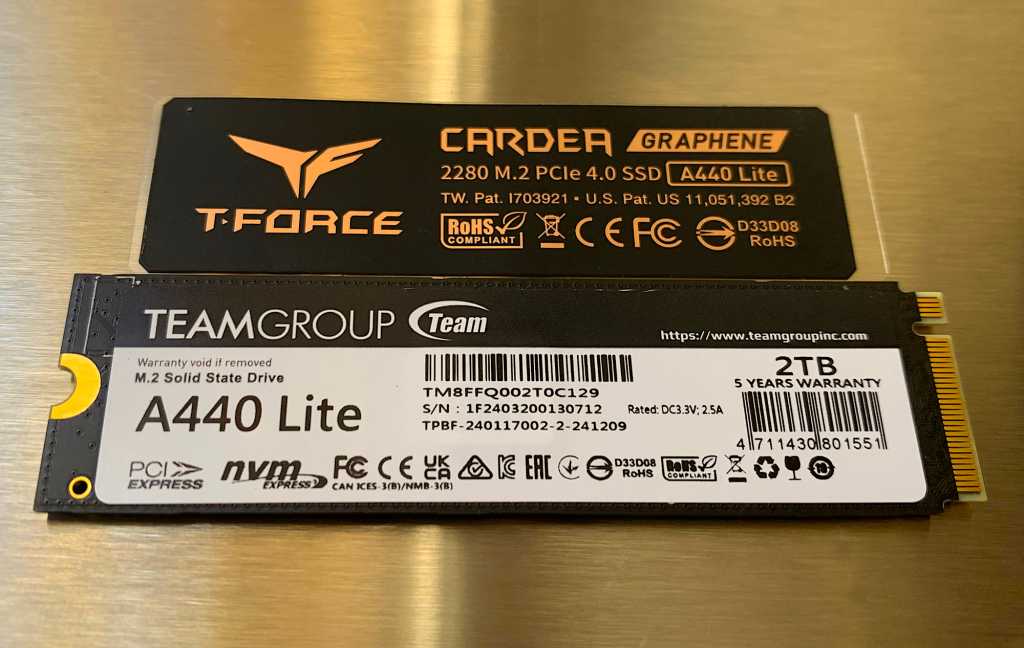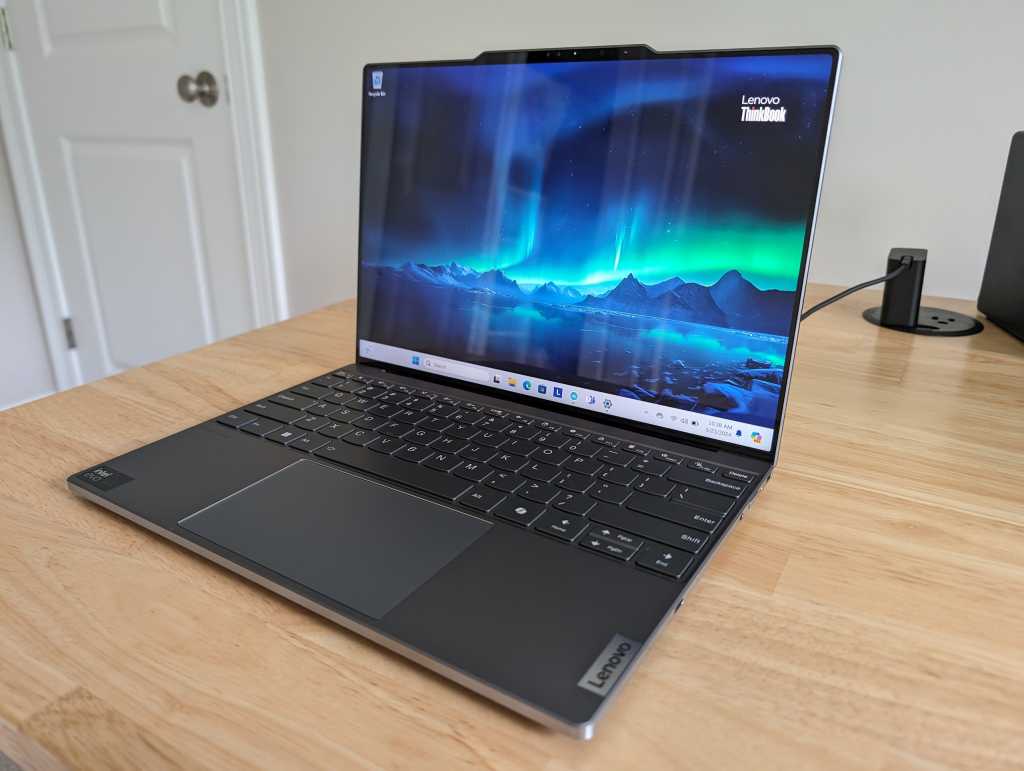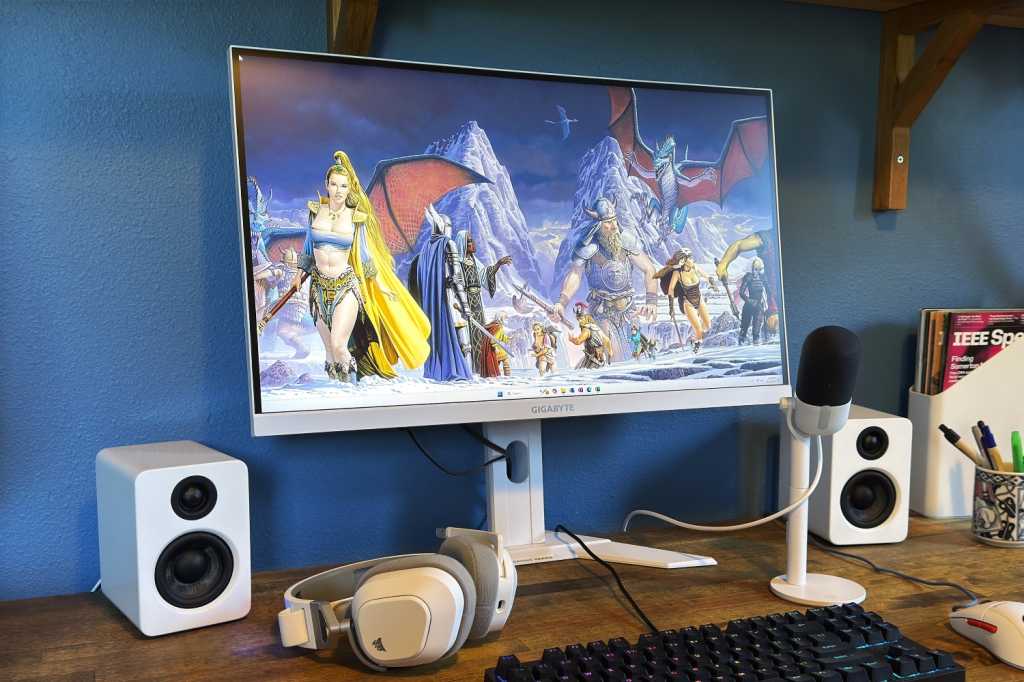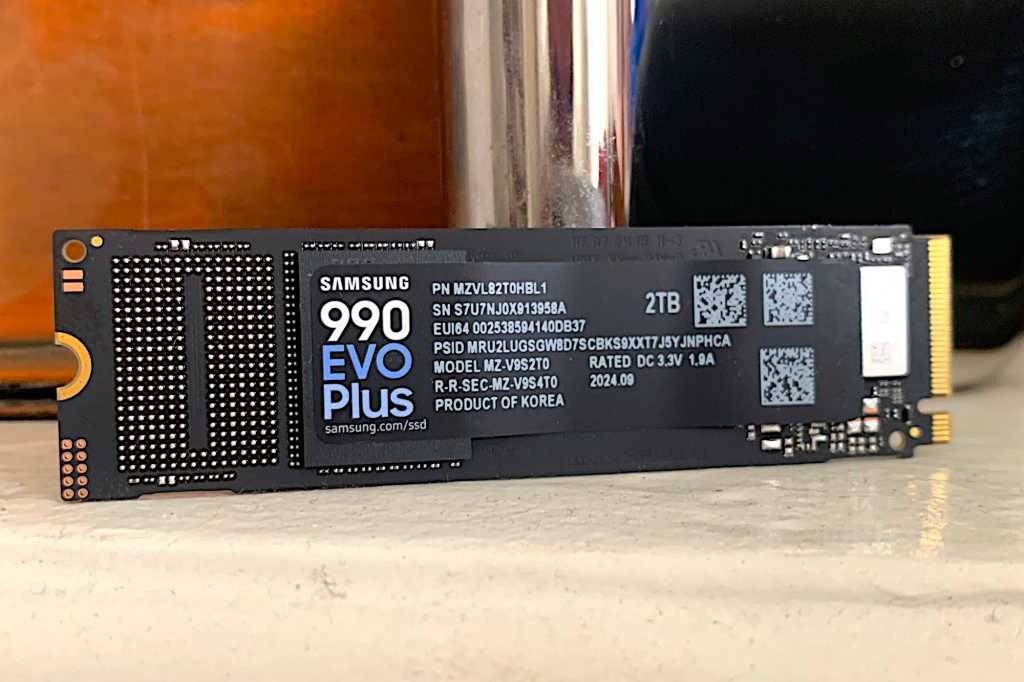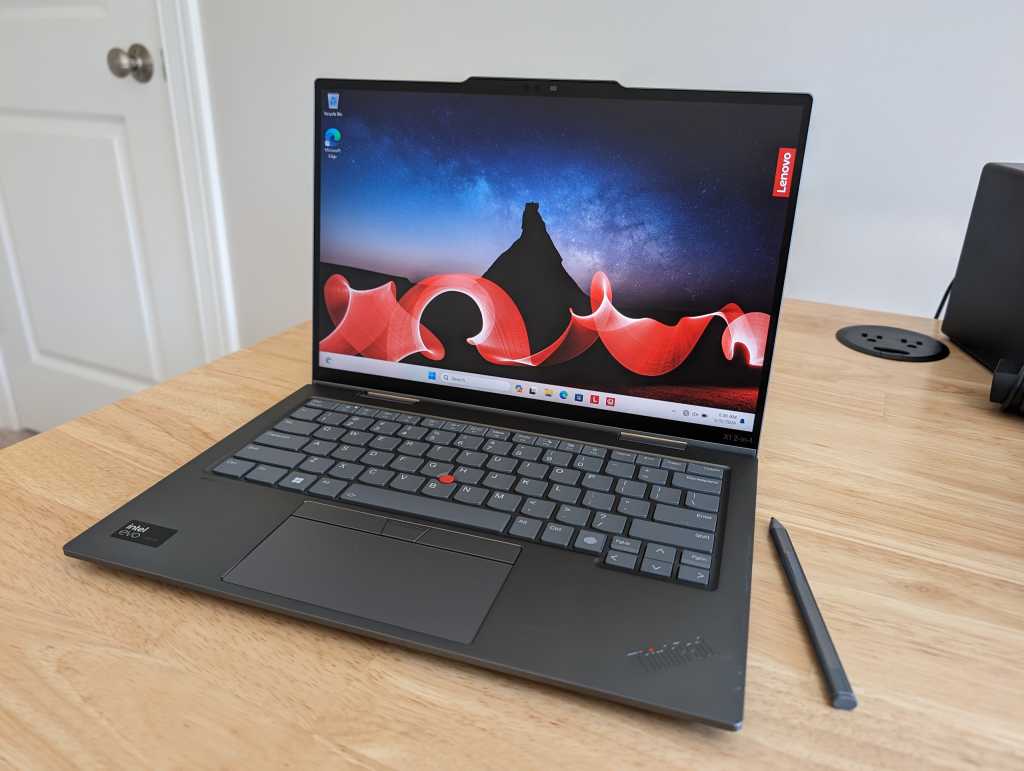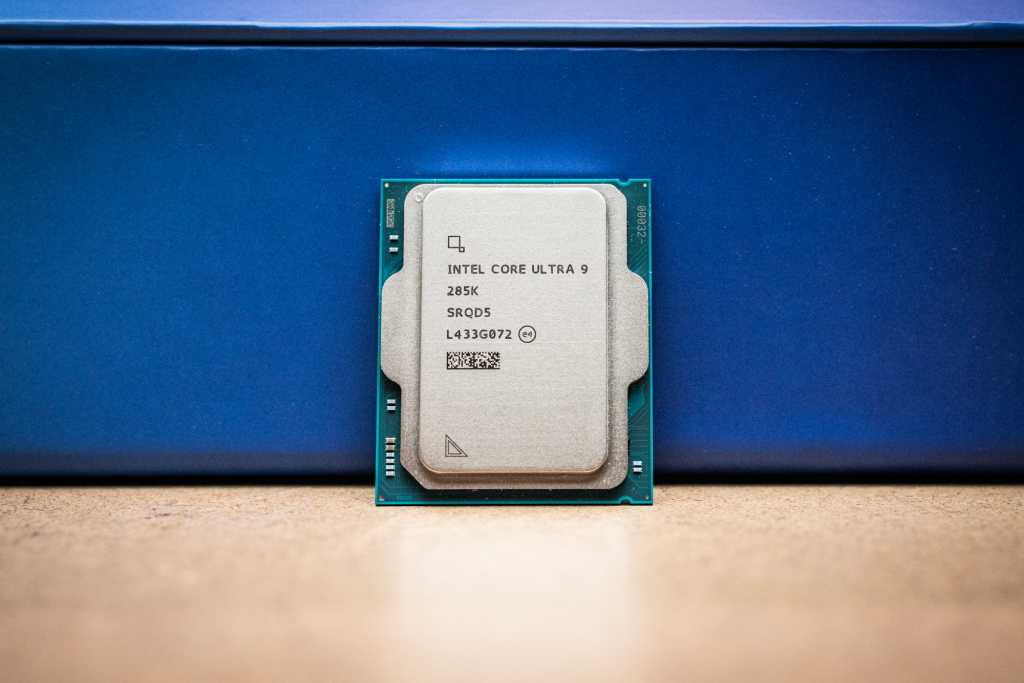Intel’s Core Ultra Series 2 (Lunar Lake) prioritizes low power consumption while aiming for competitive performance. While it achieves impressive Snapdragon-like battery life and boasts a powerful integrated GPU capable of handling demanding games, its CPU performance lags behind AMD’s mobile Ryzen processors. This review explores how Lunar Lake stacks up against the AMD Ryzen AI 300 and Qualcomm Snapdragon X Elite, examining which processor reigns supreme in 2024 and how Lunar Lake compares to its predecessor, Meteor Lake. We’ve conducted benchmarks both plugged in and on battery power to assess the maximum performance potential and the performance impact of unplugged operation.
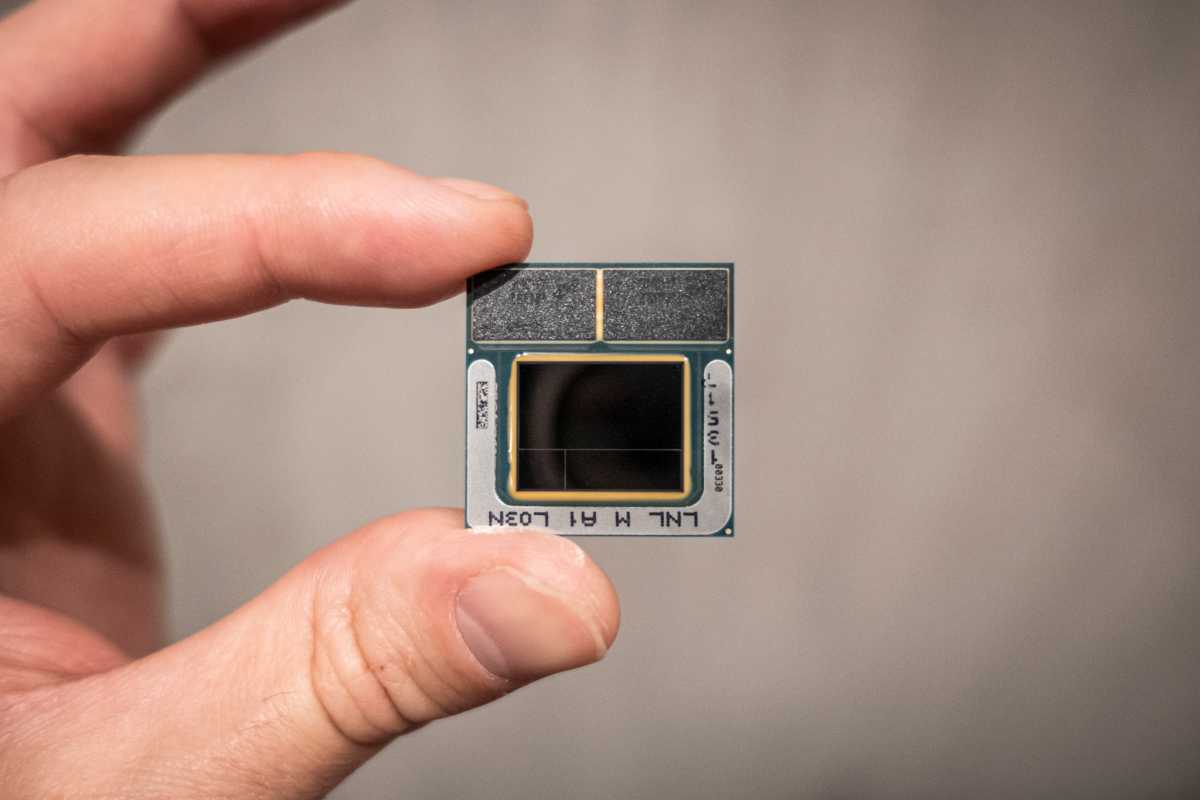 Intel Lunar Lake Core Ultra processor
Intel Lunar Lake Core Ultra processor
Benchmarking Lunar Lake: Our Methodology
Our analysis focuses on the Intel Core Ultra Series 2/Lunar Lake, Qualcomm Snapdragon X Elite, and AMD Ryzen AI 300, occasionally referencing older processors like the Core Ultra Series 1/Meteor Lake for context. Benchmarks were conducted on an Asus ZenBook S14 (Lunar Lake), Asus Zenbook S 16 (Ryzen AI 300), Microsoft Surface Laptop 7th Edition (Snapdragon X Elite), and an Asus ZenBook 14 OLED (Meteor Lake). We used default performance settings provided by the manufacturers, meaning Snapdragon tests were performed at Microsoft’s “Recommended” settings, while Lunar Lake tests used “Balanced” settings. Performance mode tests were also conducted using Windows maximum performance settings and adjusting the Asus laptop to its performance settings.
For a deeper dive, check out our comprehensive benchmarking video:
https://www.youtube.com/watch?v=QB1u4mjpBQI[/embed]
Lunar Lake CPU Performance: A Focus on Efficiency
Cinebench R23 and Cinebench 2024 benchmarks highlight Snapdragon’s superior performance when code is optimized for Arm, while Lunar Lake trails behind. Notably, even Intel’s older Meteor Lake outperforms Lunar Lake, suggesting Intel’s prioritization of battery life over raw performance. While Lunar Lake outperforms Apple’s M3 chip in multithreaded performance, it falls short in single-core performance.
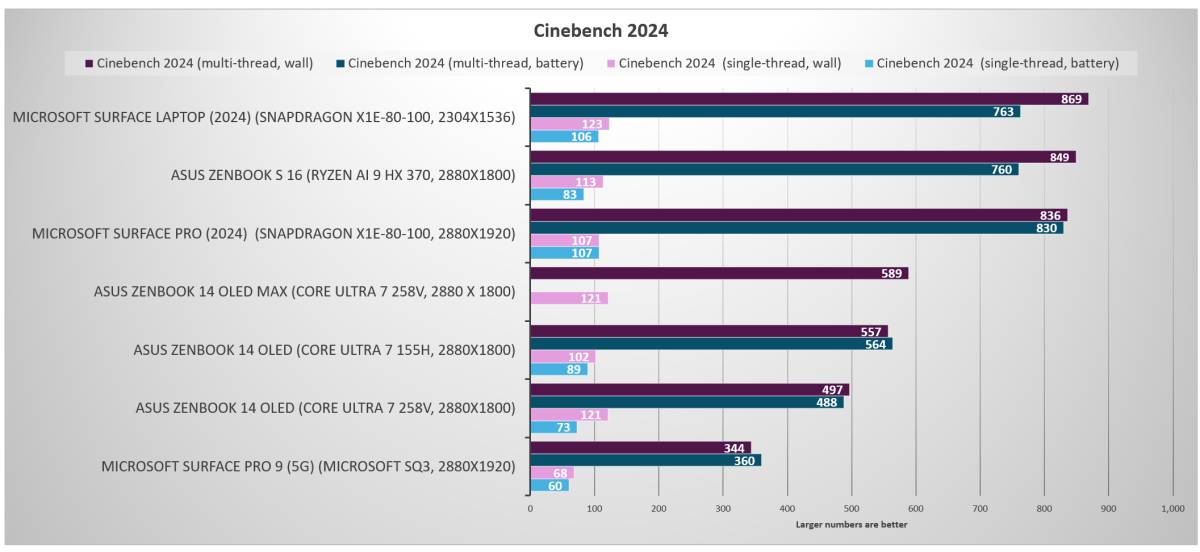 Intel Lunar Lake Cinebench 2024
Intel Lunar Lake Cinebench 2024
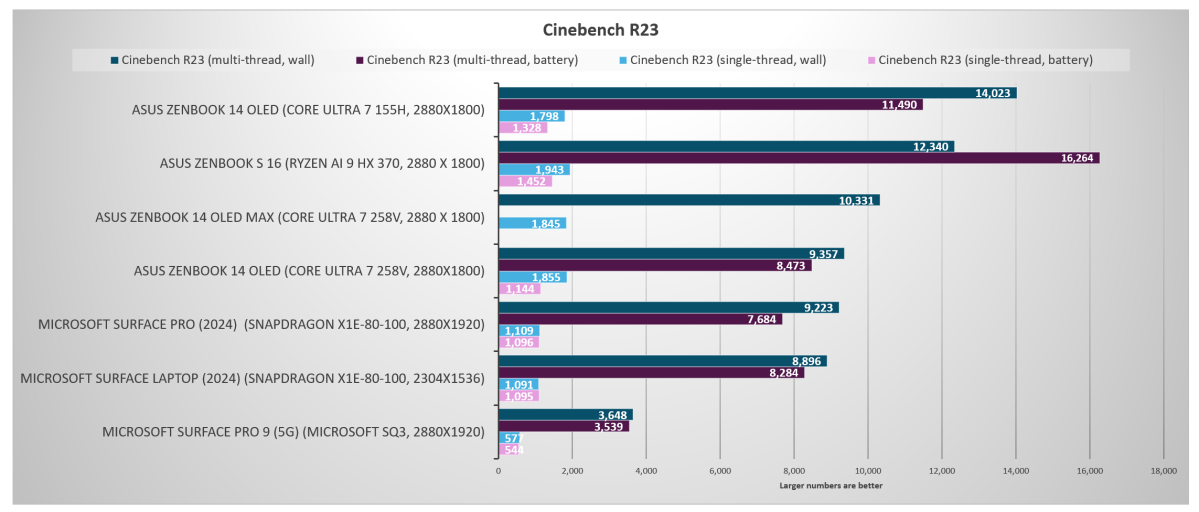 Intel Lunar Lake Cinebench R23
Intel Lunar Lake Cinebench R23
Geekbench 6 results reinforce Snapdragon’s consistent performance across power modes, while Lunar Lake shows a significant performance drop on battery. Procyon’s Office Productivity benchmark reveals negligible differences between platforms, but again highlights Lunar Lake’s battery-powered performance dip. This performance gap becomes particularly apparent in real-world applications like Handbrake video transcoding, where Lunar Lake lags significantly behind Ryzen.
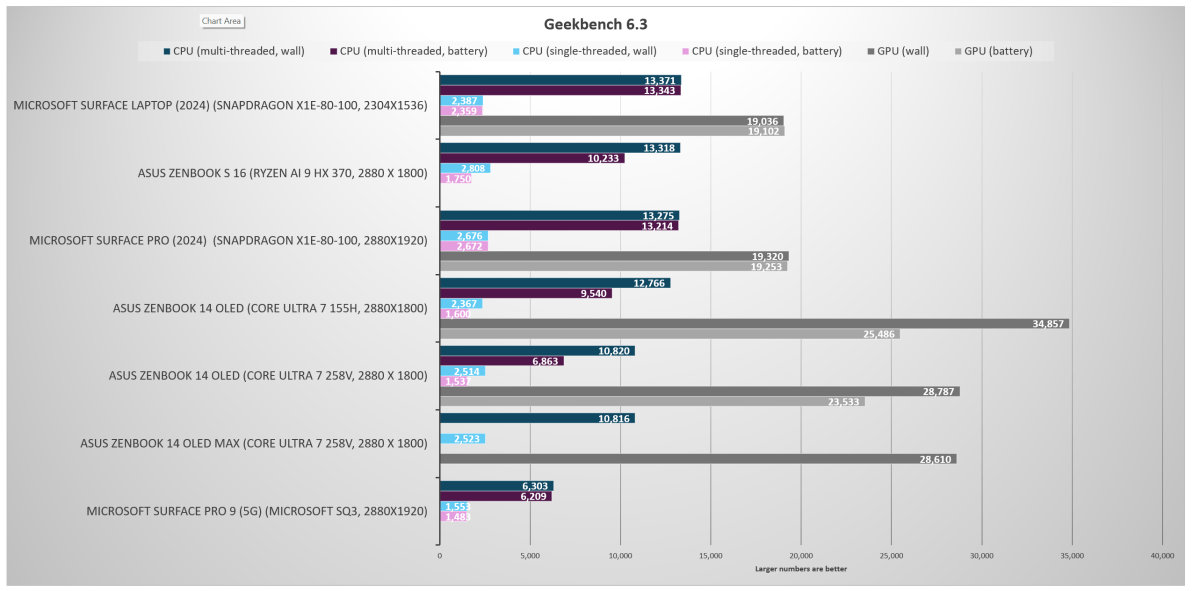 Intel Lunar Lake Geekbench 6 3
Intel Lunar Lake Geekbench 6 3
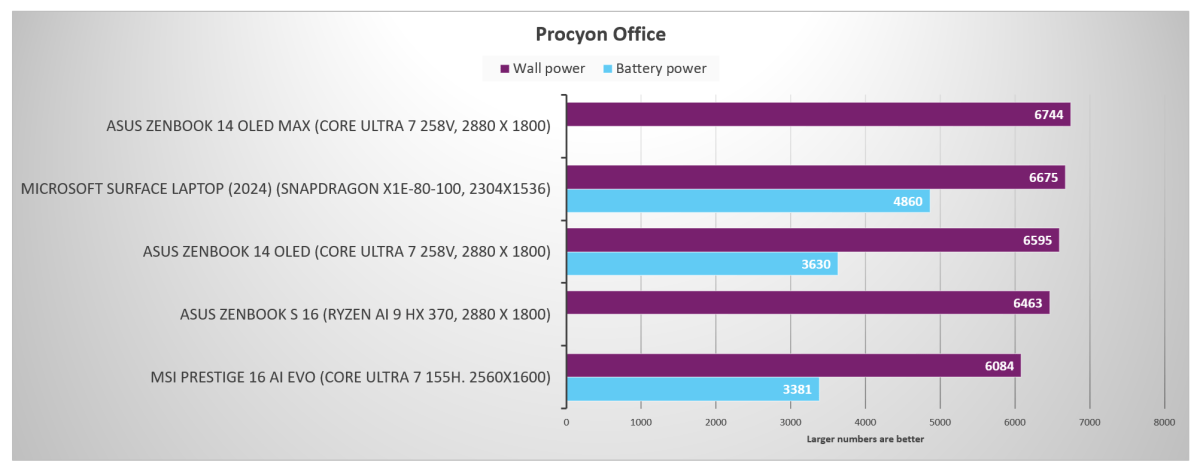 Intel Lunar Lake Procyon Office
Intel Lunar Lake Procyon Office
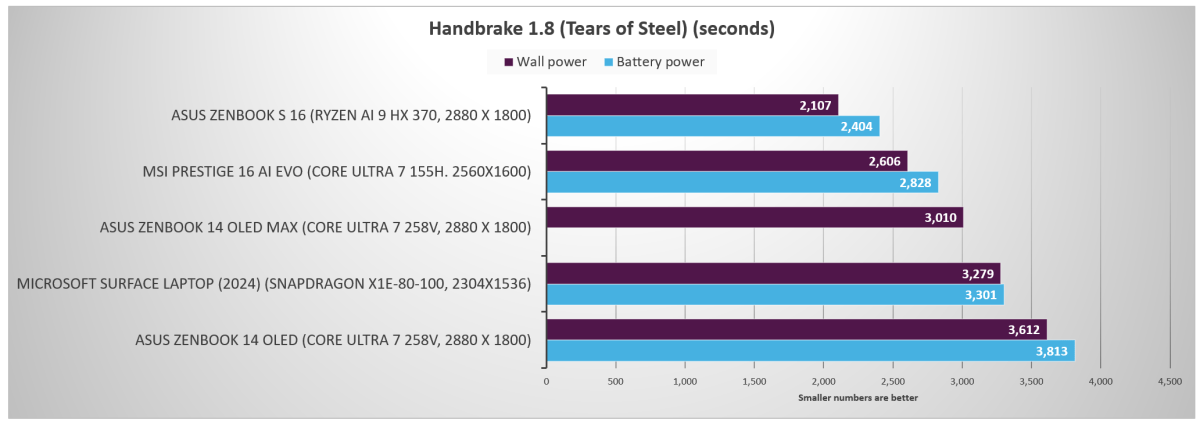 Intel Lunar Lake Handbrake 1 8
Intel Lunar Lake Handbrake 1 8
Lunar Lake GPU and AI Performance: A Shining Light
Lunar Lake’s Xe2 graphics engine shines in 3DMark Time Spy and Steel Nomad Light benchmarks, outperforming the competition. PugetBench Photoshop results show all three platforms performing similarly on AC power, suggesting adequate photo editing capabilities, but performance drops significantly on battery. Impressively, Lunar Lake delivers playable frame rates in Shadow of the Tomb Raider and Cyberpunk 2077 at 1080p Low settings, showcasing its gaming prowess.
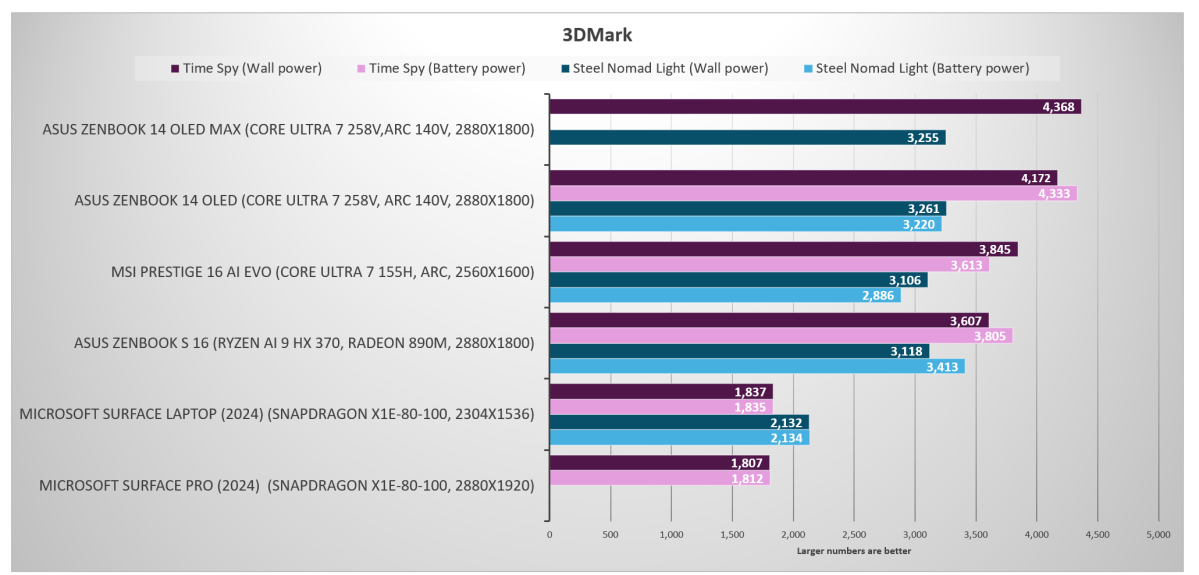 Intel Lunar Lake 3DMark
Intel Lunar Lake 3DMark
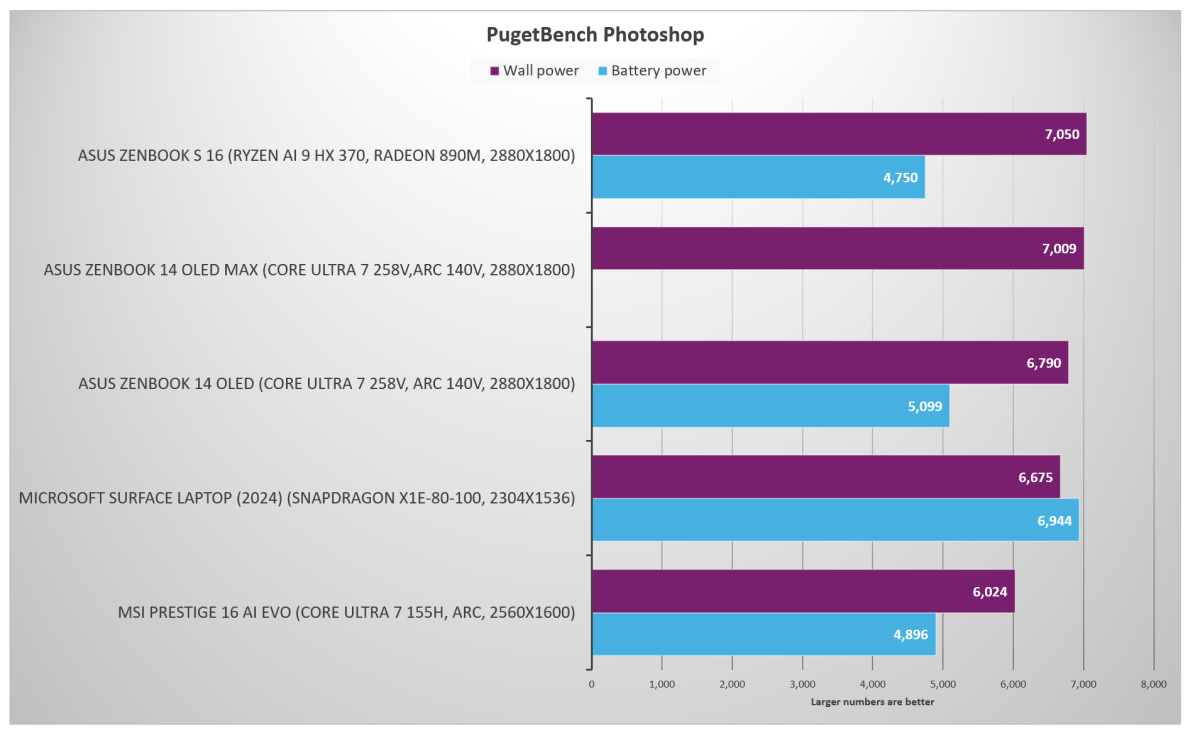 Intel Lunar Lake PugetBench Photoshop
Intel Lunar Lake PugetBench Photoshop
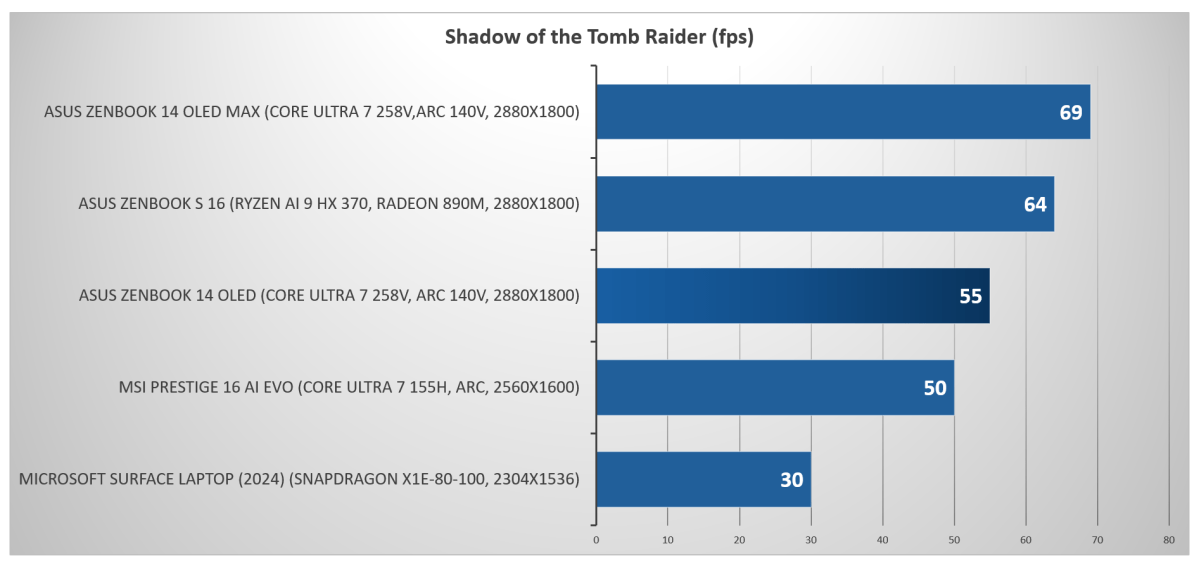 Intel Lunar Lake Shadow of the Tomb Raider
Intel Lunar Lake Shadow of the Tomb Raider
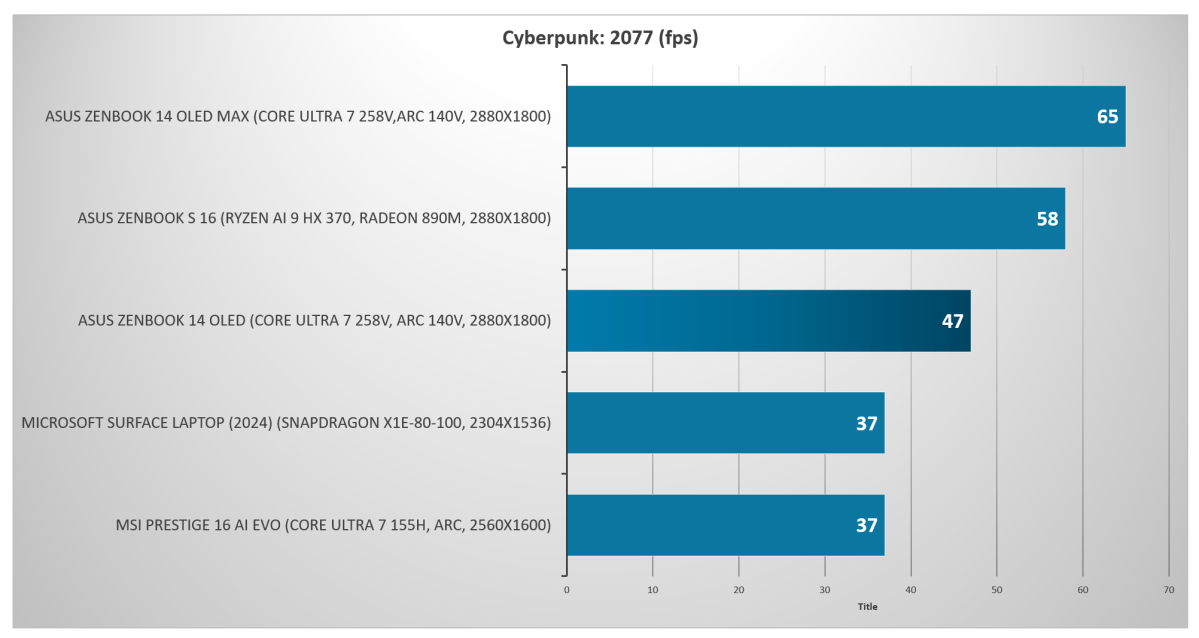 Intle Lunar Lake Cyberpunk 2077
Intle Lunar Lake Cyberpunk 2077
In AI benchmarks using UL’s Procyon app, Lunar Lake and Snapdragon X Elite perform comparably, with Intel excelling on wall power and Qualcomm leading on battery. Procyon’s generative AI image generation test further demonstrates Lunar Lake’s AI capabilities, especially when leveraging both the NPU and iGPU.
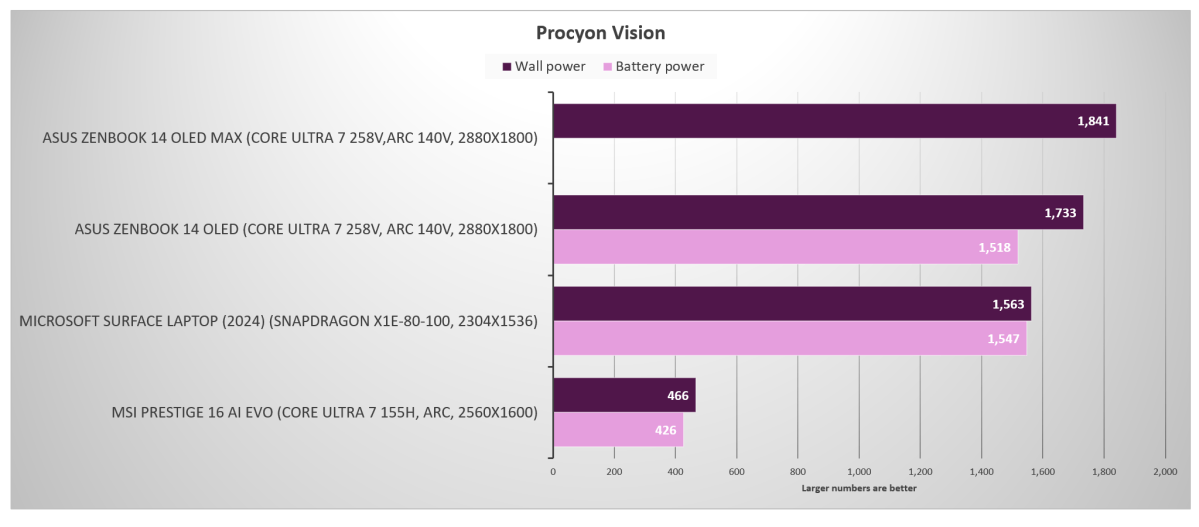 Intel Lunar Lake Procyon Vision
Intel Lunar Lake Procyon Vision
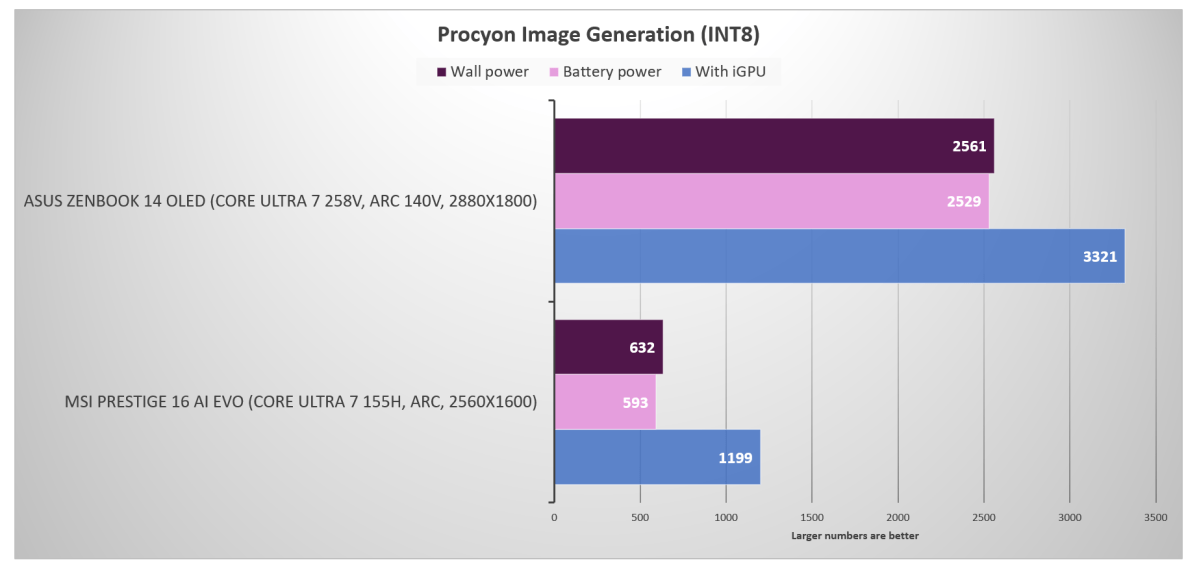 Intel Lunar Lake image generation
Intel Lunar Lake image generation
Lunar Lake Battery Life: A Marathon Runner
Lunar Lake achieves exceptional battery life, exceeding 21 hours in our video rundown test. UL’s Procyon battery-life test, simulating a work environment, shows Lunar Lake competing closely with Snapdragon, offering over 17 hours of use.
Conclusion: The Best Chip Depends on Your Needs
Intel’s Lunar Lake is not a Snapdragon killer, but a strong competitor. While Qualcomm maintains an edge in efficiency, Lunar Lake offers comparable battery life with superior gaming performance and broader application compatibility. AMD’s Ryzen excels in CPU-intensive tasks but falls short on battery life. Ultimately, the “best” chip depends on your priorities. Lunar Lake provides a compelling balance of efficiency, performance, and compatibility, making it a safe bet for users seeking a Snapdragon alternative without the compatibility concerns.



